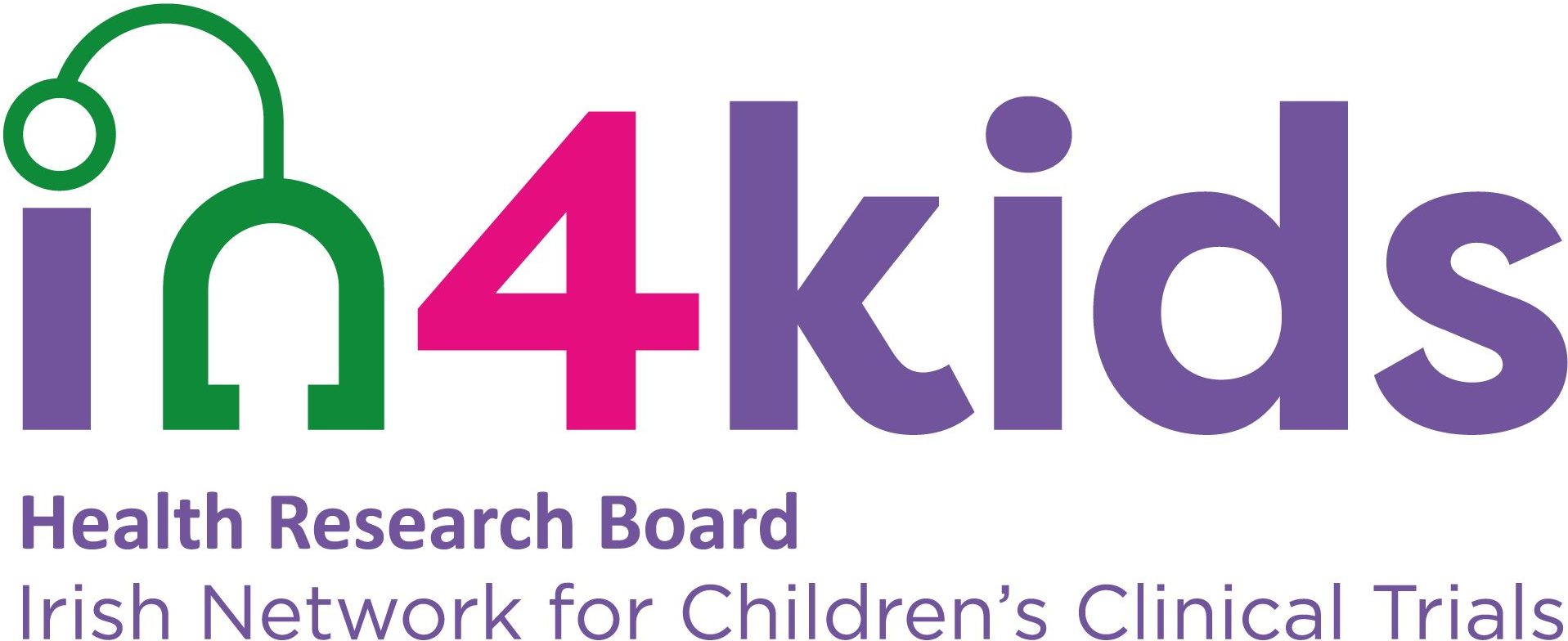Cerebral Palsy Glossary
G
Gag reflex
Reflex that can often be extra sensitive with those with Cerebral Palsy, to the point where the child may gag or choke when something touches their tongue or palate. Over sensitization of the oral reflexes are often addressed by occupational therapist, speech language therapist or physical therapist.
Gait Trainer
Device that acts like a walker but with supports to stabilise the hips and ankles to encourage good posture and placement of feet and legs while walking.
Gastroesophageal reflux (GERD)
A digestive disease in which the stomach acid flows back into the esophagus.
General movements (GMs)
Body movement present from early foetal life onwards until and after birth (up to 18 weeks post-term). They involve the whole body in a variable sequence of arm, leg, neck, and trunk movements. They change in intensity, force and speed, and they have a gradual beginning and end. If the nervous system is impaired, GMs loose their complex and variable character and become monotonous.
General Movements Assessment
A quick, non-invasive and cost-effective way to identify neurological issues which may lead to cerebral palsy and other developmental disabilities. The assessment can be conducted from birth to 3 months of age by analysing the child’s GMs. The GMA was developed by Professor Heinz Prechtl, a Developmental Neurologist, from Graz in Austria. This assessment is used in our Early Detection & Intervention Study.
Gross motor
Using large muscle groups, such as legs, arms, and abdomen. Gross motor skills include transitioning between postures, standing, walking, running, jumping, etc.
